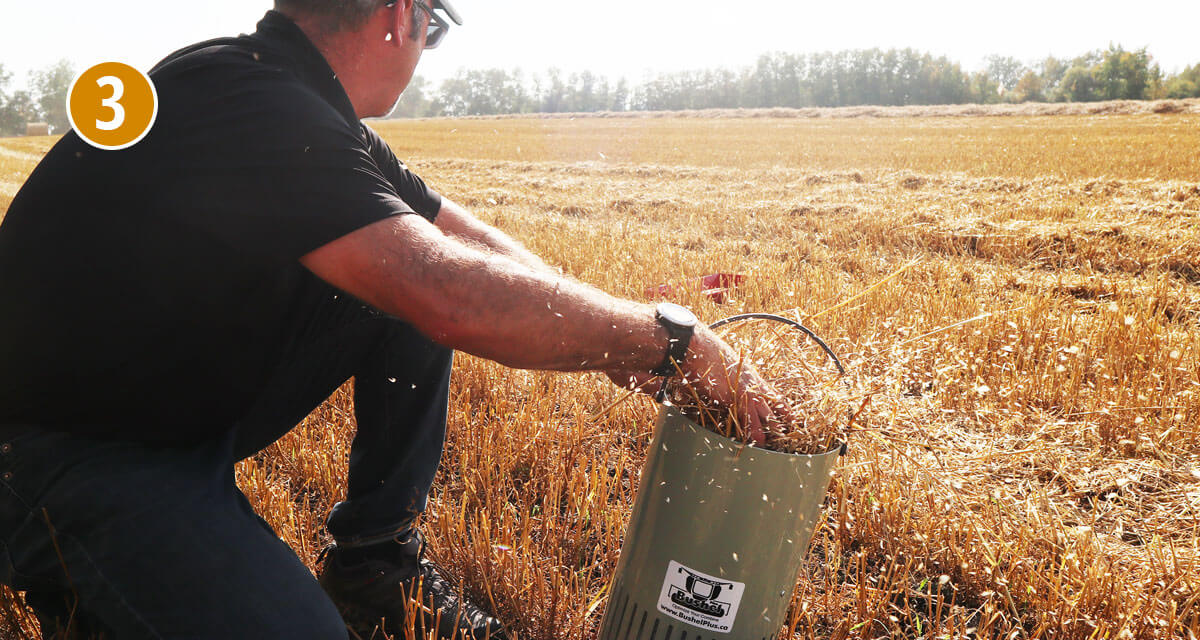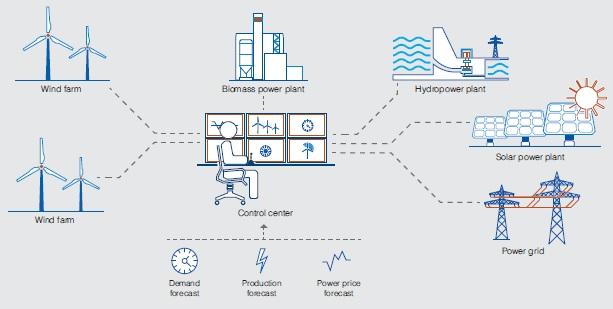
East Devon District Council Approves Gorst Energy’s Application for Anaerobic Digestion Plant Expansion
Introduction
East Devon District Council’s planning committee has granted approval for Gorst Energy’s fresh application to expand its anaerobic digestion plant. The company aims to increase the amount of crops it can convert into energy for the National Grid. This development aligns with the Sustainable Development Goals (SDGs) by promoting renewable energy and reducing greenhouse gas emissions.
Background
Gorst Energy had previously received permission in 2018 to install a lid on the anaerobic digestion tank, but failed to do so before the permission lapsed. The company reapplied for permission and also requested to more than double the amount of crops it can process.
The Anaerobic Digestion Process
The anaerobic digestion plant, located next to a pig farm, utilizes the farm’s slurry and specially-grown crops. Bacteria break down the organic matter in a large tank, producing gas that is converted into energy.
Approval and Concerns
Cllr Steve Gazzard (Lib Dem, Exmouth Withycombe Raleigh) reluctantly proposed approval of the plans, stating that he could not find a reason to refuse them. A previous application was rejected due to its impact on nearby residents, but Gorst Energy has since acquired the affected property and incorporated it into the site.
While there were no objections from the Environment Agency, environmental health officers, or highways authorities, some residents expressed concerns. Gaeron Kayley, speaking on behalf of Clyst St Mary residents, highlighted the ongoing issues and numerous complaints made to the Environment Agency. Cllr Mike Howe (Ind, Clyst Valley) criticized Gorst Energy for not installing the dome lid when initially granted permission three years ago, suggesting a lack of concern for affected residents.
Community Impact and Benefits
Cllr Ian Barlow (Ind, Sidmouth Town) argued that the motivation behind the expansion was financial gain rather than environmental sustainability. Cllr John Heath (Ind, Beer and Branscombe) described the noise from the plant as a form of psychological torture for neighboring residents.
David Manley, representing Gorst Energy, emphasized that the planning inspector had already determined that the proposed changes would not cause nuisance. He also highlighted the stringent controls in place for the plant’s operations. Darren Stockley of Gorst Energy’s parent company, Ixora Energy, emphasized the additional benefits and estimated £4 million annual contribution to the local economy.
Conclusion
Despite concerns raised by residents, the majority of members agreed to approve Gorst Energy’s plans, subject to certain conditions. This decision supports the SDGs by promoting renewable energy generation and economic growth in the local community.
SDGs, Targets, and Indicators Analysis
1. Which SDGs are addressed or connected to the issues highlighted in the article?
- SDG 7: Affordable and Clean Energy
- SDG 11: Sustainable Cities and Communities
- SDG 12: Responsible Consumption and Production
The article discusses the expansion of a plant that converts crops and slurry into energy for the National Grid. This relates to SDG 7, which aims to ensure access to affordable, reliable, sustainable, and modern energy for all. Additionally, the article mentions the impact of the plant on nearby residents, indicating a connection to SDG 11, which focuses on creating sustainable cities and communities. Lastly, the article touches on the efficiency and low carbon energy production of the plant, aligning with SDG 12’s goal of promoting responsible consumption and production.
2. What specific targets under those SDGs can be identified based on the article’s content?
- SDG 7.2: Increase substantially the share of renewable energy in the global energy mix.
- SDG 11.6: Reduce the adverse per capita environmental impact of cities.
- SDG 12.4: By 2020, achieve the environmentally sound management of chemicals and all wastes throughout their life cycle.
The expansion of the plant’s capacity to convert crops into energy contributes to SDG 7.2 by increasing the share of renewable energy in the energy mix. The article also highlights concerns from nearby residents regarding noise and smell, indicating a need to reduce the adverse environmental impact of cities as per SDG 11.6. Lastly, SDG 12.4 is relevant as the article mentions the responsible management of waste through the anaerobic digestion process.
3. Are there any indicators mentioned or implied in the article that can be used to measure progress towards the identified targets?
- Percentage increase in renewable energy generation
- Number of complaints related to noise and smell from the plant
- Implementation of measures to mitigate adverse environmental impacts
The article does not provide specific quantitative indicators, but it implies that progress towards the identified targets can be measured by monitoring the percentage increase in renewable energy generation resulting from the plant’s expansion. Additionally, the number of complaints related to noise and smell can serve as an indicator of progress in reducing the adverse environmental impact on nearby residents. The implementation of measures to address these concerns would also indicate progress towards mitigating adverse environmental impacts.
4. Table: SDGs, Targets, and Indicators
| SDGs | Targets | Indicators |
|---|---|---|
| SDG 7: Affordable and Clean Energy | Increase substantially the share of renewable energy in the global energy mix (SDG 7.2) | Percentage increase in renewable energy generation |
| SDG 11: Sustainable Cities and Communities | Reduce the adverse per capita environmental impact of cities (SDG 11.6) | Number of complaints related to noise and smell from the plant |
| SDG 12: Responsible Consumption and Production | By 2020, achieve the environmentally sound management of chemicals and all wastes throughout their life cycle (SDG 12.4) | Implementation of measures to mitigate adverse environmental impacts |
Behold! This splendid article springs forth from the wellspring of knowledge, shaped by a wondrous proprietary AI technology that delved into a vast ocean of data, illuminating the path towards the Sustainable Development Goals. Remember that all rights are reserved by SDG Investors LLC, empowering us to champion progress together.
Source: southwestfarmer.co.uk

Join us, as fellow seekers of change, on a transformative journey at https://sdgtalks.ai/welcome, where you can become a member and actively contribute to shaping a brighter future.







